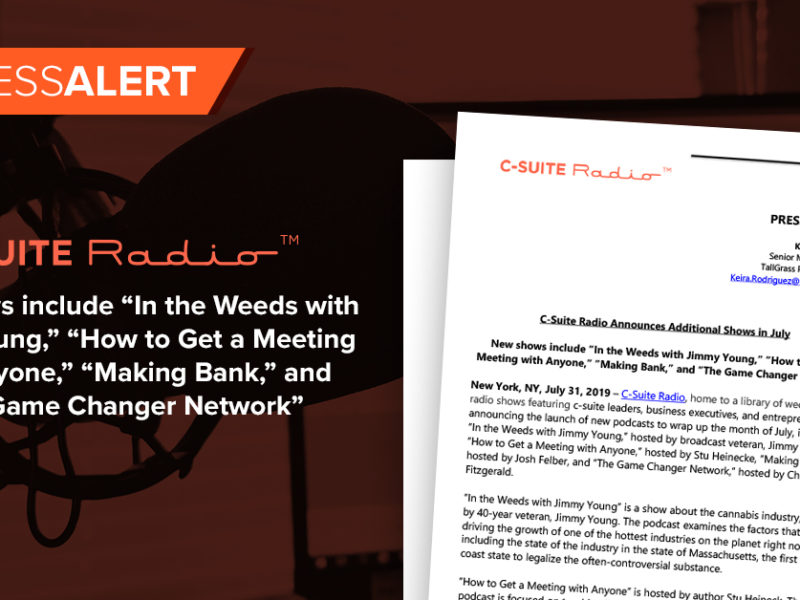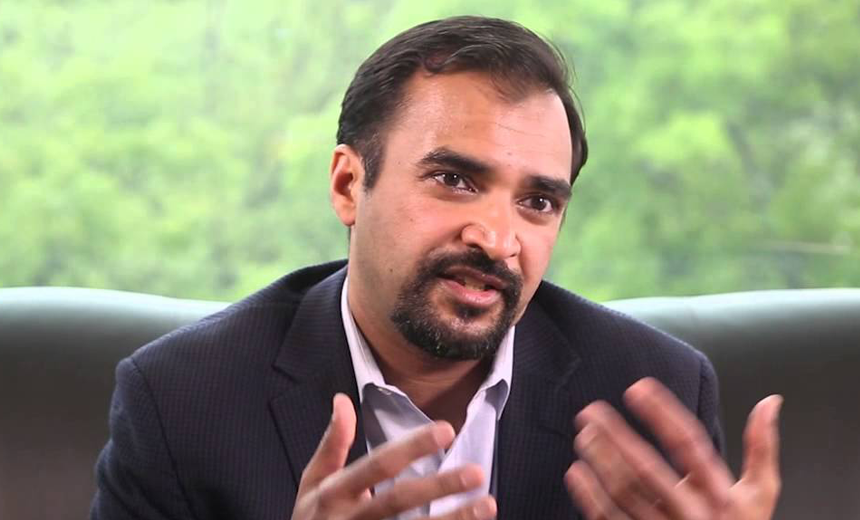
Culture transformation: the leader’s role in shaping culture
Culture transformation: the leader’s role in shaping culture https://csuiteold.c-suitenetwork.com/wp-content/uploads/2017/07/culture-transformation-the-leaders-role-in-shaping-culture.jpg 657 404 C-Suite Network https://csuiteold.c-suitenetwork.com/wp-content/uploads/2017/07/culture-transformation-the-leaders-role-in-shaping-culture.jpgWith culture at the top of the agenda for many organisations, it’s important to understand what culture is, the role top leaders play and the best way to activate change.
What is culture?
Culture is either a CEO’s greatest asset or biggest liability, yet it isn’t visible or recorded so it can be hard to define. Some people believe consistent behaviour patterns define culture, but these are not the extent of culture. They are responses to expectations – enabled by processes, capabilities and rewards – which support culture. Others think the CEO creates culture.
A leader’s beliefs and attitudes certainly influence behaviours. But are they causing systemic change or using power to temporarily modify behaviour? Often, employees appear to take on new expectations with a new CEO, yet the underlying culture remains the same. An example is Australian culture, which hasn’t fundamentally changed during the past decade despite a revolving door of prime ministers.
I prefer the classic definition of corporate culture: an organisation’s underlying beliefs, assumptions, and accepted norms that shape its people’s behaviours. This makes it clear that culture is about people and how they choose to behave collectively and individually. It’s not about processes or one person’s influence.
Creating an enriched, high-performing culture requires the collective leadership to activate their organisation’s people to shape the environment and create the norms within.
What role does the CEO play?
The ability to lead cultural change is a big tick for executives, and CEOs often claim responsibility for total cultural transformation. But in reality, this takes more than driving limited behaviour modification through job designs, processes and incentives. Culture transformation involves influencing the mindset, beliefs…






